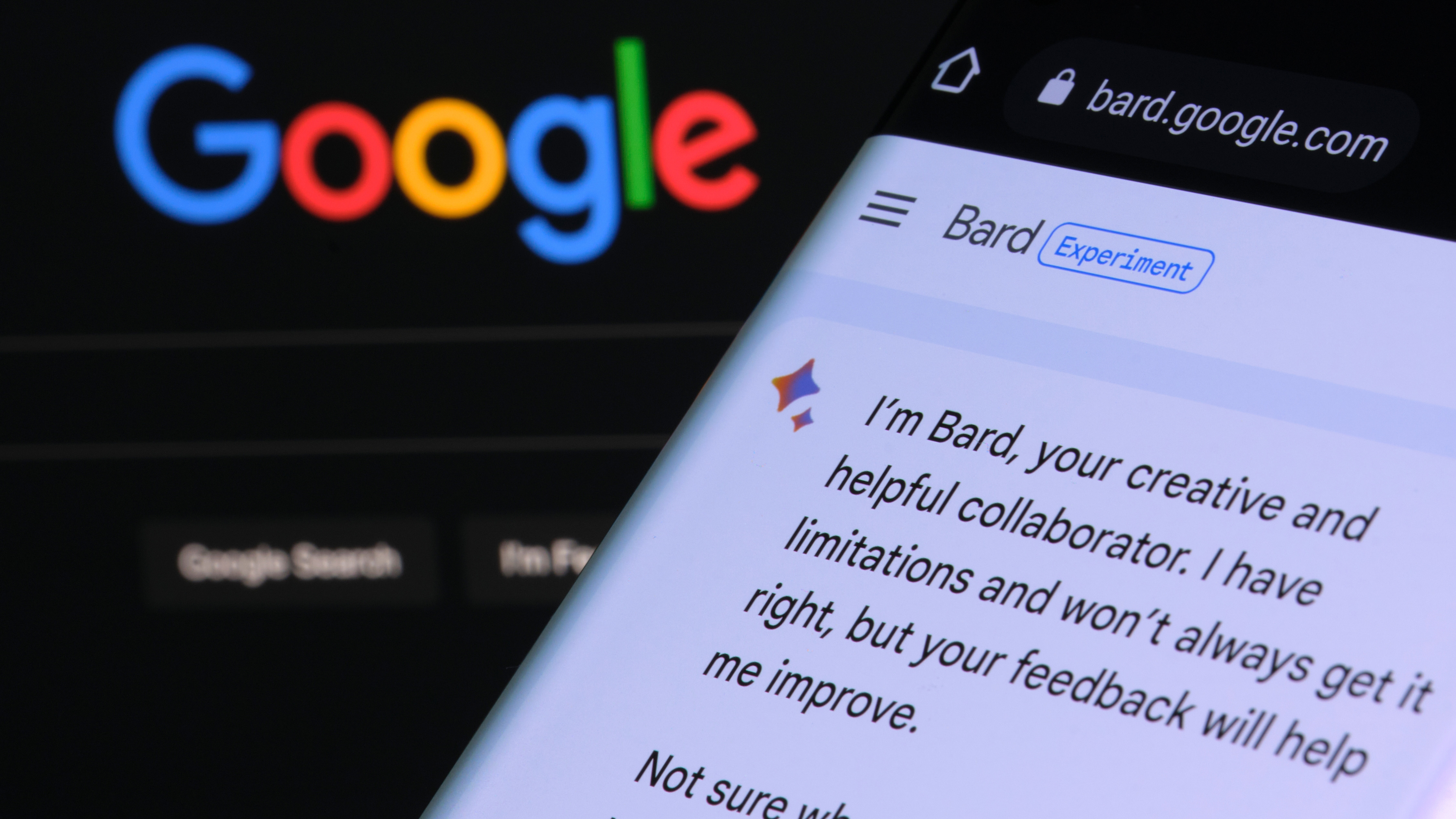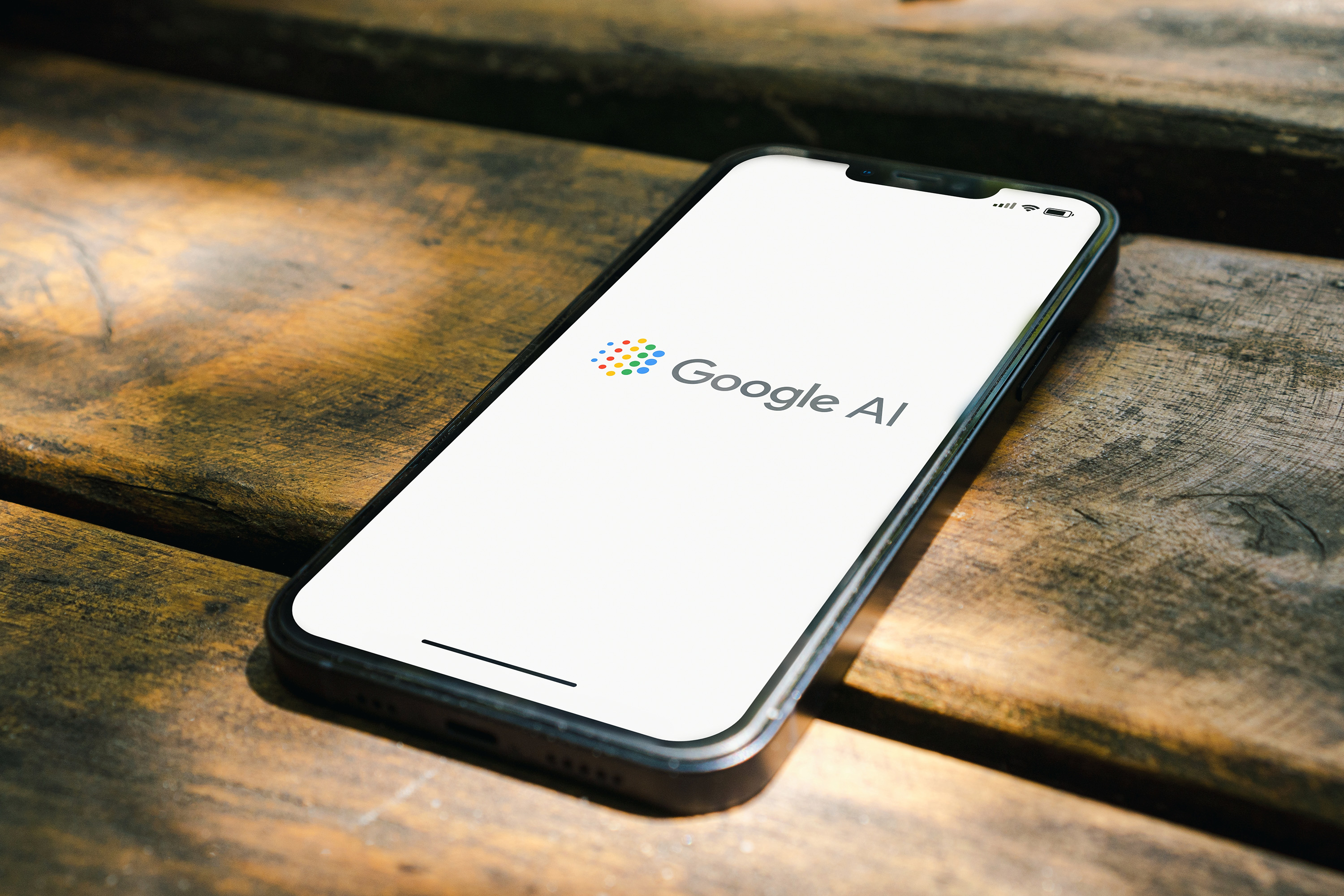
Google Bard is being upgraded with four new features that mark the chatbot's "biggest expansion to date" as it continues to battle with ChatGPT. Alongside the new updates, Bard will also finally be available in Europe, where discussions over AI regulation had previously paused its rollout.
Announced today in a blog post, Google says it hopes the new features will let users "explore that curiosity, augment your imagination and ultimately get your ideas off the ground — not just by answering your questions, but by helping you build on them."
The features are listed below, but in addition, Google has tweaked a few things to make its chatbot more user-friendly. These include being able to listen to Bard's responses rather than just reading them (a new sound icon has been added), as well as giving a new shortlist to tailor Bard's responses.
"You can now change the tone and style of Bard's responses to five different options: simple, long, short, professional or casual," wrote Jack Krawczyk, Product Lead, Bard and Amarnag Subramanya, Vice President, Engineering, Bard in the announcement.
"For example, you can ask Bard to help you write a marketplace listing for a vintage armchair, and then shorten the response using the drop-down. This feature is live in English and will expand to new languages soon."
Google Bard's 4 new features explained

Pin and rename conversations: When you start a conversation, you’ll see options to pin, rename and pick up recent conversations in the sidebar. For example, if you ask Bard to help you compare outdoor sports for the summer, you can revisit the tips later.
Export code to more places: Users will now be able to export Python code to Replit, in addition to Google Colab. This feature is now live in over 40 languages.
Share responses with friends: Bard now includes shareable links, so users can share ideas and creations with others.
Images in prompts: First announced at I/O, this feature brings image recognition to the artificial intelligence. Whether you want more information about an image or just need help coming up with a caption, users can now upload images with prompts and Bard will analyze the photo to help.
While the first three features are able to use in the over 40 languages, Bard now supports, the last one is limited to just English. But Google says it will be expanding that option to new languages “soon” as well.
Google Bard goes to Europe

Europeans have, until now, been unable to access the Google Bard chatbot due ongoing discussions about AI regulation. But despite the wary eye of European Union regulators, Google announced today that, alongside the new features, Bard was going live not just in Europe, but Brazil as well.
“As part of our bold and responsible approach to AI, we’ve proactively engaged with experts, policymakers and privacy regulators on this expansion," Krawczyk and Subramanya added. "And as we bring Bard to more regions and languages over time, we’ll continue to use our AI Principles as a guide, incorporate user feedback, and take steps to protect people’s privacy and data.”
An earlier plan to launch Bard in Europe was held up when the Irish Data Protection Commission asked Google to complete a privacy assessment and explain how it complies with GDPR. Meanwhile, the U.S., U.K., and 178 other countries have been able to use Bard since March when Google removed the waitlist following I/O.
Google hasn’t specifically addressed the incoming AI regulation, but the company holds firm to seven principles that it says guides its AI development:
- Be socially beneficial.
- Avoid creating or reinforcing unfair bias.
- Be built and tested for safety.
- Be accountable to people.
- Incorporate privacy design principles.
- Uphold high standards of scientific excellence.
- Be made available for uses that accord with these principles.
If you’ve yet to use Google Bard for yourself (possibly because you live in Europe), our step-by-step guide here will walk you through the process.







